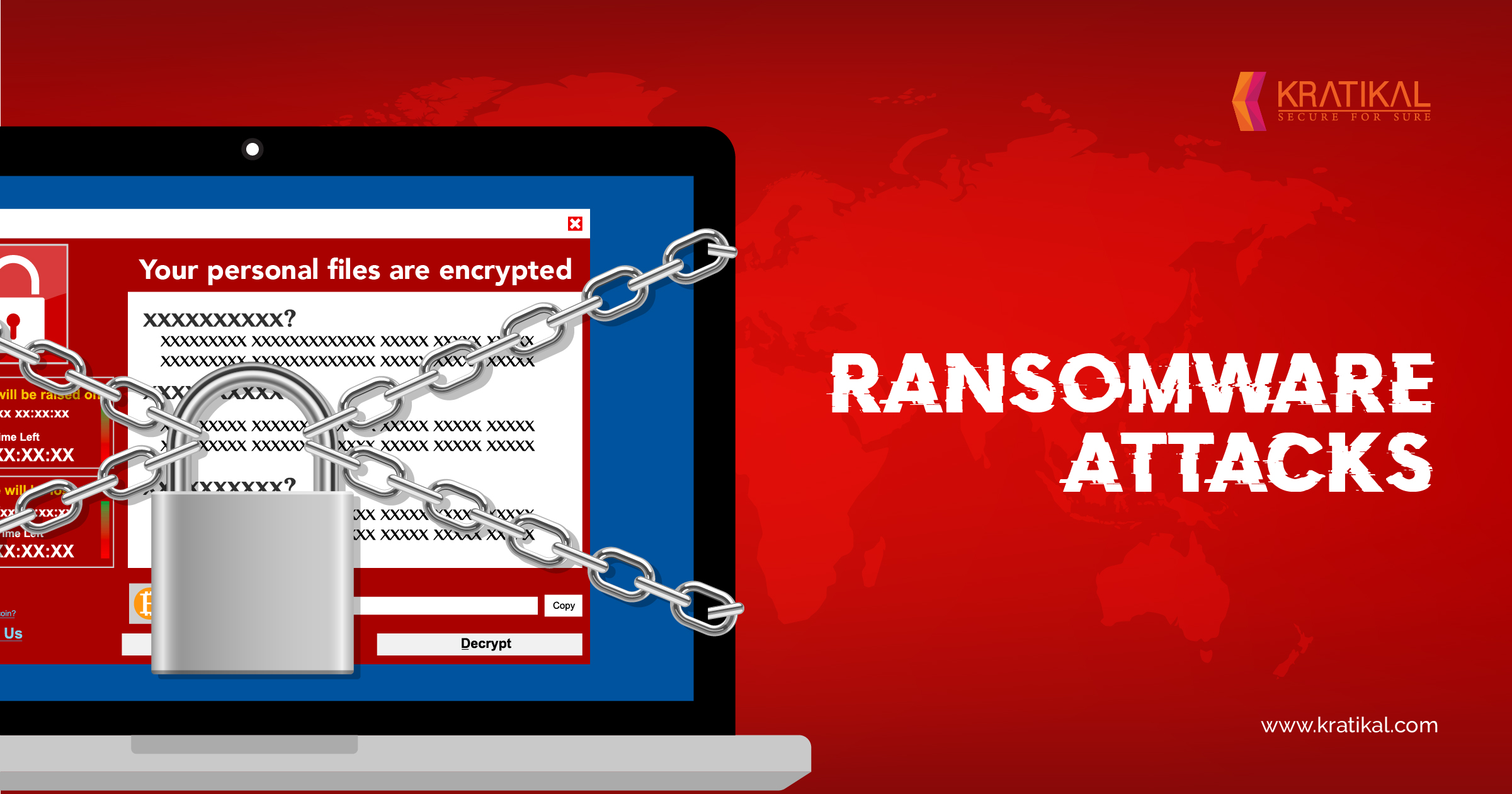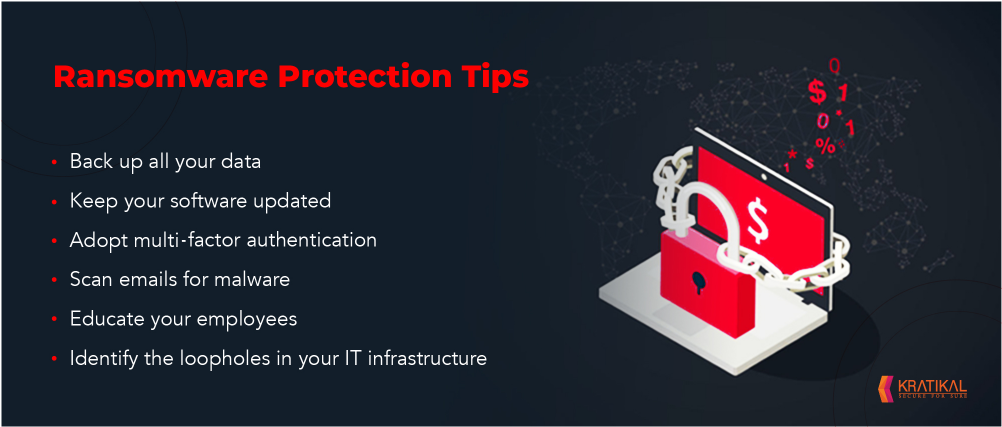A CISO’s Guide to Prevent Ransomware Attacks
 The best way to avoid paying ransom to cyber criminals is to implement security measures in the first place!
The best way to avoid paying ransom to cyber criminals is to implement security measures in the first place!
As mentioned in my previous blog “Ransomware Reminding Cyber Security Experts It Still Exists,” here is the continuation on how to prevent ransomware attacks.
We have barely completed a quarter of the year yet and have already witnessed a number of ransomware attacks making the headlines. This includes some big names like Acer and Birmingham College becoming victims of ransomware in 2021.
We are all well aware of how successful ransomware attacks can jeopardize any business. Organizations caught unprepared can easily become a victim and can be so overwhelmed that they are left with no other choice than to pay the ransom. According to a report from Fintech News, the average ransomware payment rose to $111,605 in 2020, marking an increase of 33% from 2019.
Consequently, it has become imperative for organizations to implement the best cyber security practices for securing their business and protect against ransomware.
“If you put a key under the mat for the cops, a burglar can find it, too. Criminals are using every technology tool at their disposal to hack into people’s accounts. If they know there’s a key hidden somewhere, they won’t stop until they find it.” – Tim Cook
6 Effective Ransomware Solutions to Protect Your Organization

-
Data Backup
The goal of cyber criminals in launching a ransomware attack is to get hold of your valuable data, hold it hostage and ask for ransom for returning it. Therefore, to ensure the protection of your organization, a robust and secure data backup is one of the most important solutions to reduce the impact of ransomware attacks.
-
Up-to-date IT Components
If you don’t keep your operating system, software, web browser, and plugins updated with the latest security patches, it may lead to exploitable vulnerabilities in your IT infrastructure. You should also instruct all employees to install the new updates as soon as they have been released as well.
-
Multi-Factor Authentication
Remote Desktop Protocol (RDP) is one of the most widely used tools used by cyber criminals for launching ransomware attacks. Threat actors use this or similar tools to gain remote access to an organization’s system through stolen login credentials. Once cyber criminals gain access to your system, they can deploy the ransomware and encrypt the files that are stored in it.
You can enable multi-factor authentication to add an extra layer of security to your account. This will prevent cyber criminals from accessing your system even if they get their hands of login credentials.
Last but not the least, enforce a strong password policy. Ask all your employees to create a strong password consisting of a combination of upper and lower case letters along with numbers and symbols. Make them aware of the risks of sharing passwords and advise them to create a unique password for each account.
-
Email Scanning
Phishing is one of the most common attack vectors used by cyber criminals to deliver malware. Therefore, organizations should implement tools that can help them scan every inbound email for malware. Email scanners can sometimes fail when it comes to detecting embedded links. Therefore, employees should hover over the links embedded in inbound emails to check their destination before clicking.
Organizations should also consider deploying a phishing incident response tool like TAB to empower the employees to detect and report any suspicious emails immediately.
-
Employee Training
The best way to prevent ransomware attacks is to provide your employees with cyber security awareness training. Making them aware of the threat posed by ransomware will help them stay more vigilant. You can utilize tools like ThreatCop to provide effective training. The tool allows you to simulate ransomware attacks on your employees to offer hands-on experience in dealing with these threats in real-world conditions.

-
Weakness Identification
It is crucial for an organization to detect and fix all the loopholes in its IT infrastructure in order to strengthen it. Most cyber attacks are successful because of an existing vulnerability within an organization’s IT infrastructure. So, enterprises should consider conducting vulnerability assessment and penetration testing (VAPT) periodically to identify all the exploitable vulnerabilities and fix them on priority.
Don’t Wait Until It’s Too Late!
Globally, no industry was spared by cyber criminals, when it came to launching ransomware attacks in 2020. This year is no different. In the month of March alone, cyber criminals have targeted some big names across all industries.
We are also witnessing the rise in the use of Ransomware-as-a-Service and other kit-like tools that have made running a successful ransomware campaign infinitely easier for the threat actors. Therefore, it’s the wisest course of action for an organization to build a strong defense against ransomware and prevent the attack from happening in the first place. You can also follow our other blogs to find more information on other cyber attack vectors.
Turn Your Employees Into A Cyber Threat Shield
Make your employees proactive against prevailing cyber attacks with ThreatCop!
The post A CISO’s Guide to Prevent Ransomware Attacks appeared first on Kratikal Blog.
*** This is a Security Bloggers Network syndicated blog from Kratikal Blog authored by Richard Singha. Read the original post at: https://www.kratikal.com/blog/a-cisos-guide-to-prevent-ransomware-attacks/





